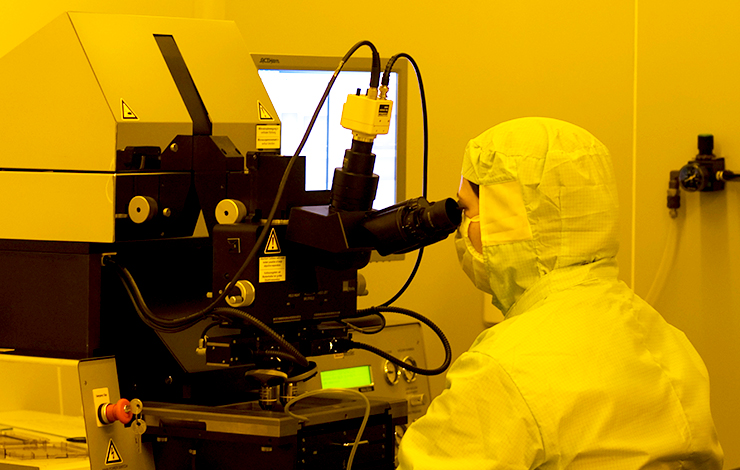


Investigating Early/Middle Bronze Age copper and bronze axes by micro X-ray fluorescence spectrometry and neutron imaging techniques
| Title | Investigating Early/Middle Bronze Age copper and bronze axes by micro X-ray fluorescence spectrometry and neutron imaging techniques |
| Publication Type | Journal Article |
| Year of Publication | 2016 |
| Authors | Figueiredo E a, c Pereira MAS b, c d Lopes F a, Marques JG c, Santos JP c, Araújo MF c, Silva RJC a, Senna-Martinez JC e |
| Journal | Spectrochimica Acta - Part B Atomic Spectroscopy |
| Volume | 122 |
| Pagination | 15-22 |
| ISSN | 05848547 |
| Keywords | Arsenic, Bronze, Copper, Fluorescence, Fluorescence spectroscopy, Imaging techniques, Internal structure, Manufacture, Metal composition, Metals, Micro-XRF, Neutron tomography, Neutrons, Nondestructive examination, Prehistoric axes, Radioactive elements, Tin, Tin alloys, Tomography, Visualization, X ray radiography |
| Abstract | Micro X-ray fluorescence (micro-XRF) analysis and neutron imaging techniques, namely 2D radiography and 3D tomography, have been applied for the study of four metal axes from the Early/Middle Bronze Age in Western Iberia, a period characterized by a metallurgical change in the use of copper to bronze. Micro-XRF analysis has shown that one of the axes was produced in copper with some arsenic while the other three were produced in a copper-tin alloy (bronze) with variable tin contents and some arsenic and lead. Neutron radiography and tomography were applied to study internal heterogeneities of the axes in a non-invasive way since the specificities of neutron interaction with matter allow a suitable penetration of these relatively thick copper-based objects when compared to the use of a conventional X-ray radiography. Neutron imaging allowed the visualization of internal fissures and pores and the evaluation of their distribution, size and shape. Relevant information for the reconstruction of ancient manufacturing techniques was gathered, revealing that one ax was produced with the mold in an angle of ∼ 25°, probably to facilitate gas escape during metal pouring. Also, information regarding physical weaknesses of the axes was collected, providing relevant data for their conservation. Novelty statement The present paper combines the use of micro-XRF and neutron imaging techniques, namely (2D) radiography and (3D) tomography for the study of prehistoric metal axes. The XRF spectra allowed identifying major and minor elements present in the alloys, inferring on the absence of elements that could become radioactive for a long period of time after irradiation with neutrons. The specificities of neutron interaction with matter allowed a suitable penetration of these relatively thick copper-based objects when compared to the use of a conventional X-ray radiography. The combination of these non-destructive techniques allowed the evaluation of the metal composition and the internal structure of the axes. Micro-XRF allowed the distinction among copper and bronze axes, and provided data about the composition of early bronzes for which data is scarce. The neutron imaging study allowed for the first time the visualization of internal heterogeneities in early bronze axes, namely pores and large voids, providing relevant information for the reconstruction of ancient manufacturing techniques and raising pertinent information regarding physical weaknesses of these types of objects. © 2016 Elsevier B.V. All rights reserved. |
| URL | https://www.scopus.com/inward/record.uri?eid=2-s2.0-84971623907&doi=10.1016%2fj.sab.2016.05.002&partnerID=40&md5=d6472c0c5fb56880a8a9a42b4711c48e |
| DOI | 10.1016/j.sab.2016.05.002 |








